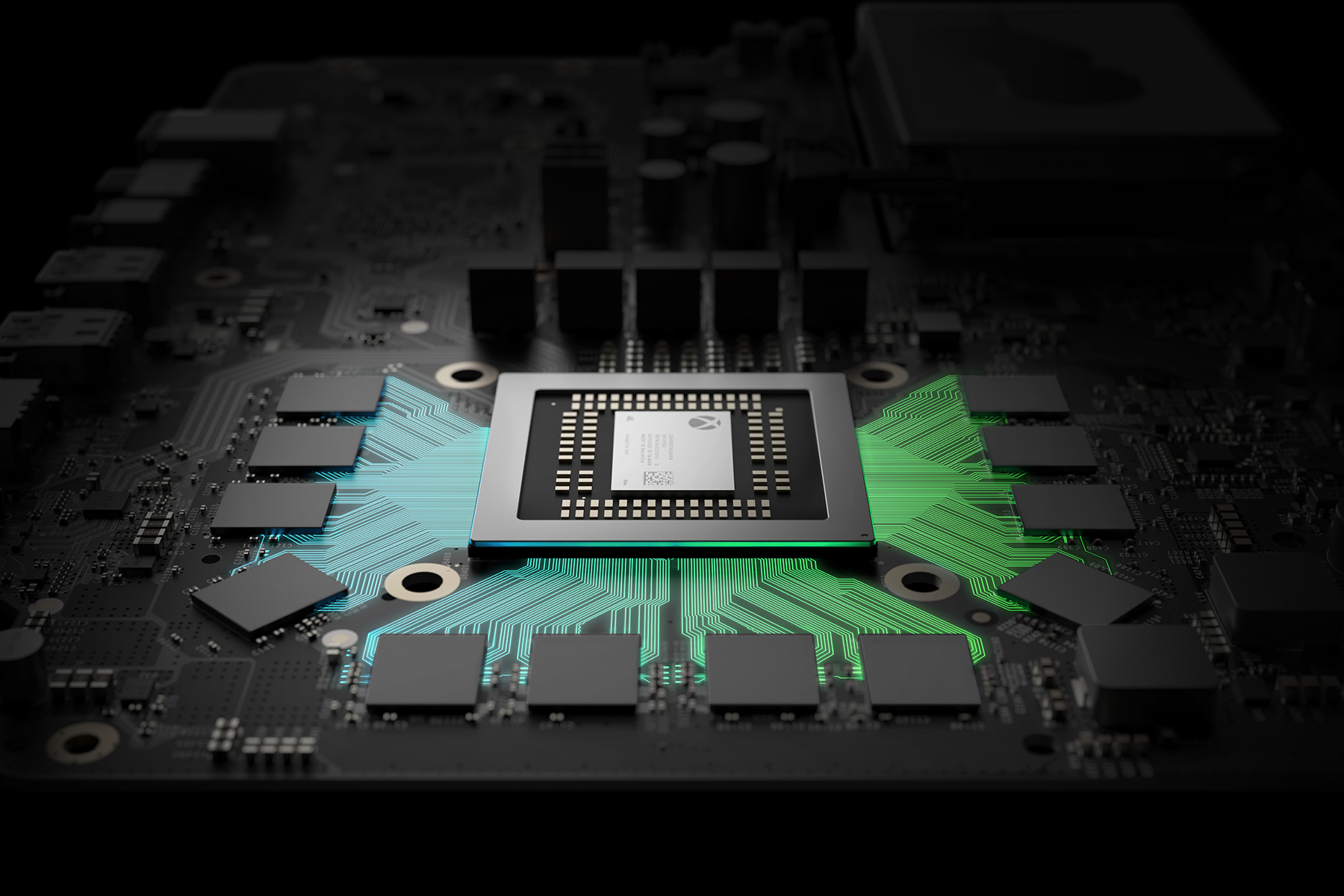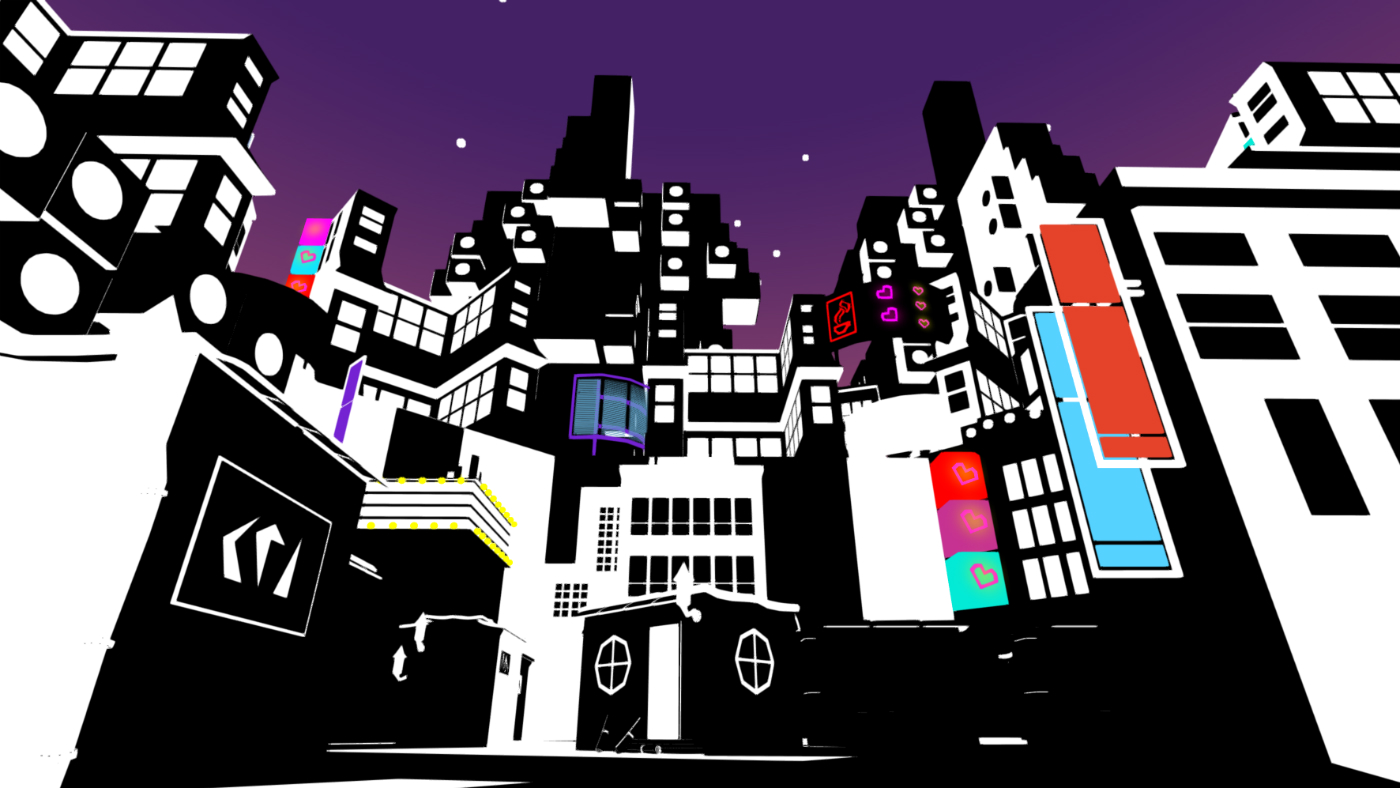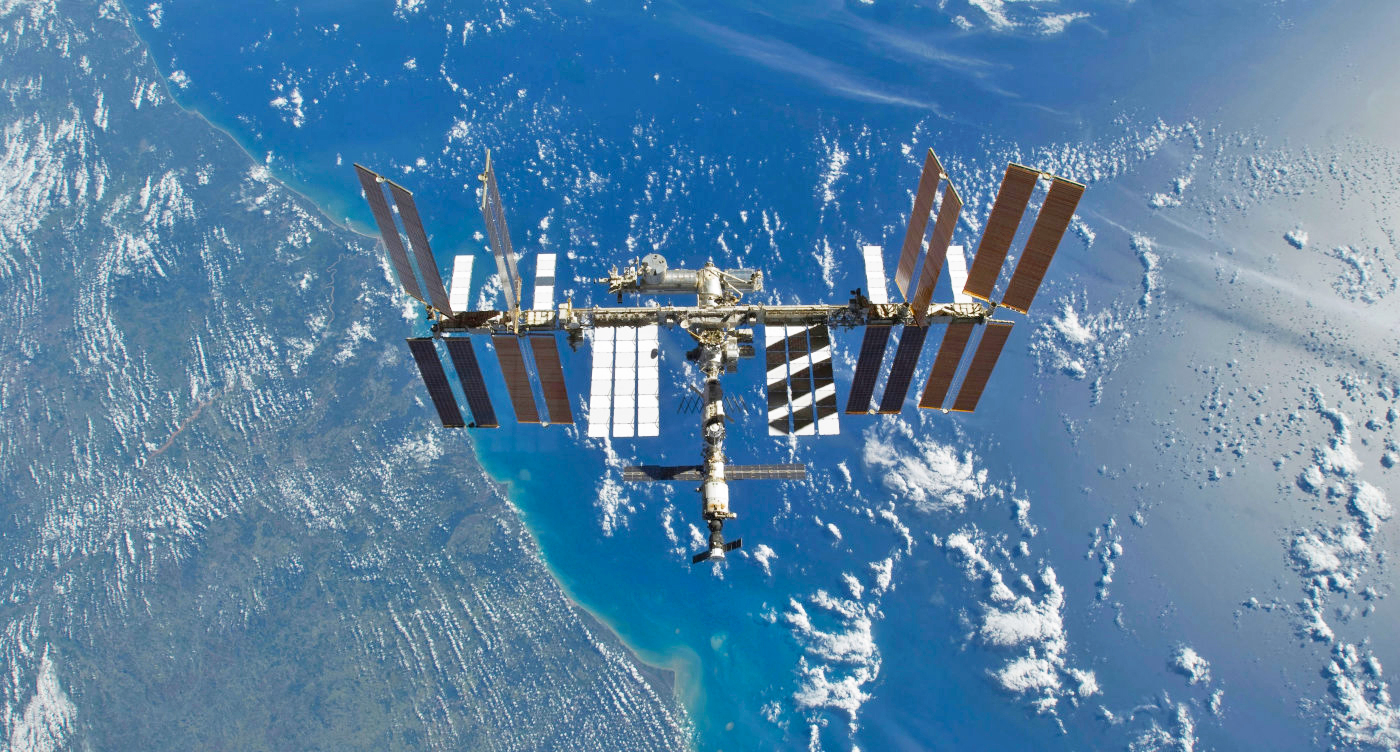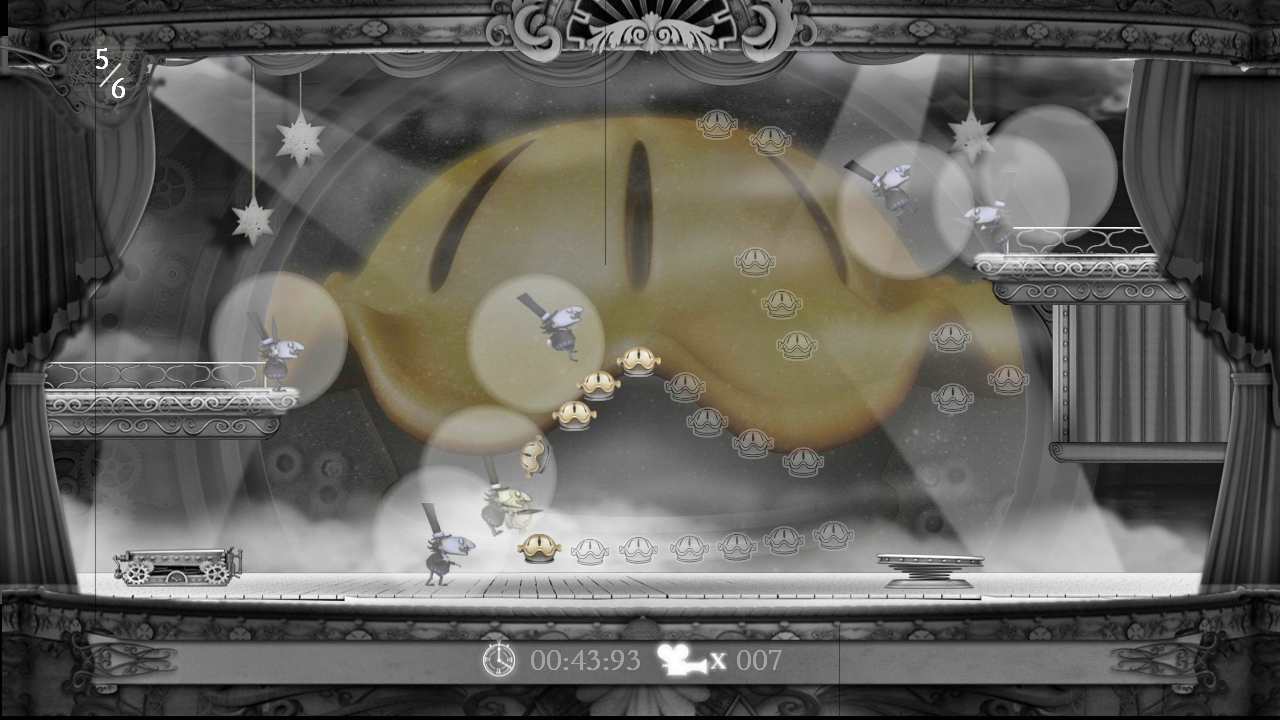
Solar cells are becoming more viable sources of energy -- and as they become more efficient, they're only getting smaller and cheaper to produce. Liquid nanocrystal cells are traditionally inefficient at converting sunlight into electricity, but by adding a synthetic ligand to help transmit currents, researchers at USC have improved their effectiveness. The advantage of these liquid solar cells? They're cheaper than single-crystal silicon wafer solutions, and they're also a shockingly minuscule four nanometers in size, meaning more than 250 billion could fit on the head of a pin. Moreover, they can be printed onto surfaces -- even plastic -- without melting. Ultimately, the goal of this research is to pave the way for ultra-flexible solar panels. However, the scientists are still experimenting with materials for constructing the nanocrystals, since the semiconductor cadmium selenide they've used thus far is too toxic for commercial use.
USC develops printable liquid solar cells for flexible, low-cost panels originally appeared on Engadget on Fri, 27 Apr 2012 13:21:00 EDT. Please see our terms for use of feeds.
Permalink |
 USC
USC |
Email this |
Comments
 Microsoft will answer three important questions today: How much Project Scorpio, its high-powered Xbox One, will cost; what the console's name will be; and when we can actually buy it. Lucky for you, you can follow along with your favorite members of...
Microsoft will answer three important questions today: How much Project Scorpio, its high-powered Xbox One, will cost; what the console's name will be; and when we can actually buy it. Lucky for you, you can follow along with your favorite members of...
 Microsoft will answer three important questions today: How much Project Scorpio, its high-powered Xbox One, will cost; what the console's name will be; and when we can actually buy it. Lucky for you, you can follow along with your favorite members of...
Microsoft will answer three important questions today: How much Project Scorpio, its high-powered Xbox One, will cost; what the console's name will be; and when we can actually buy it. Lucky for you, you can follow along with your favorite members of...
 College dorms are a strange microcosm of adult life, offering close-quarters friendship, intellectual stimulation and the kind of freedom that comes with a prepaid meal card. Dorm life fosters in-person interaction, usually in tight spaces and on a l...
College dorms are a strange microcosm of adult life, offering close-quarters friendship, intellectual stimulation and the kind of freedom that comes with a prepaid meal card. Dorm life fosters in-person interaction, usually in tight spaces and on a l...
 A team of researchers from the University of Southern California and NASA's Jet Propulsion Laboratory are sending fungi aboard a SpaceX flight to the ISS on April 8th. Not to expose them to Mars-like conditions like an earlier experiment did, but to...
A team of researchers from the University of Southern California and NASA's Jet Propulsion Laboratory are sending fungi aboard a SpaceX flight to the ISS on April 8th. Not to expose them to Mars-like conditions like an earlier experiment did, but to...
 The premise of college is that it's going to prepare you with what you need to survive in a real-world work environment, but whether or not it fulfills that is another matter altogether. To that end, the University of Southern California has launched...
The premise of college is that it's going to prepare you with what you need to survive in a real-world work environment, but whether or not it fulfills that is another matter altogether. To that end, the University of Southern California has launched...





